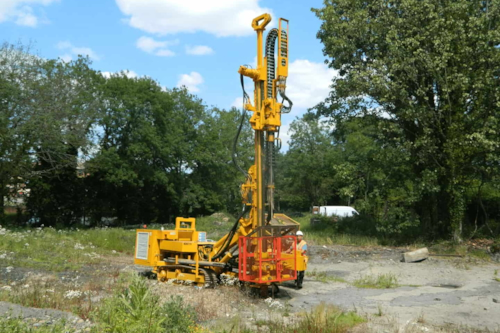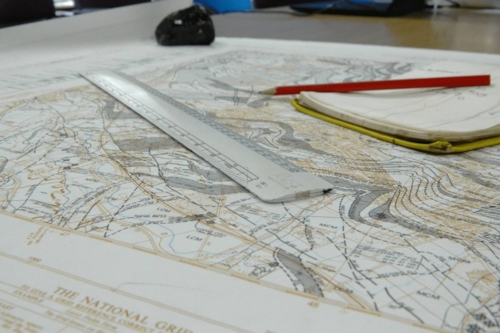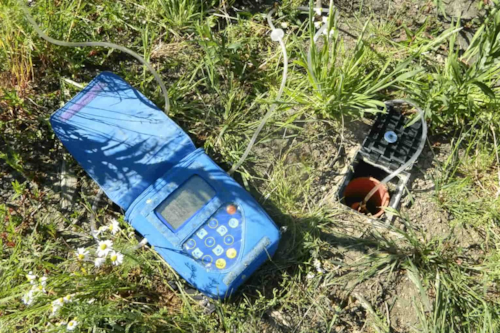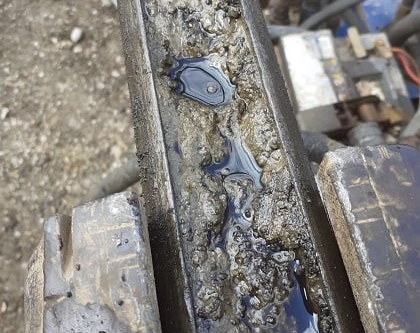
Coal Authority Assessments
Receive a quote tailored to your needs
Where development land has the potential to have been impacted by a mining legacy the Coal Authority, via the planning teams, are likely to issue a condition that requires a desk-based assessment and then, if necessary, a strategised investigative process to determine the presence and quality of shallow coal seams as well as the absence or presence of voids or soft backfill. Many coal mines had finished operating and been closed long before record keeping was a statutory requirement.
The requirement for investigation is protective of the development in areas where the possibility of geotechnical failure is relevant. The collapse of shallow workings can lead to subsidence of the ground and, at the extreme end, the development of crown holes and significant building failure. The consequences of building failure range from structural failure to loss of life. Neither scenario is good.
Coal Mining Risk Assessment
When submitting a planning application for a development on the coalfield, it is important to consider whether your site falls within the Coal Authority defined Development High Risk Area with respect to coal mining.
For most developments in the Development High Risk Area of the coalfield, your Local Planning Authority will require a Coal Mining Risk Assessment to support your planning application.
The coalfield Development High Risk Area includes the following features which could affect a new development:
- recorded and probable (historic) shallow coal mine workings
- mine entries and their potential zones of influence
- mine gas
- geological features, such as fissures and faults
- surface hazards
- surface (opencast) mining
As well as the Coal Authority, Kiwa CMT can offer Coal Mining Risk Assessments.
Intrusive Investigation
The usual requirement for the investigation of shallow (<30m) coal seams is by means of rotary boreholes to be completed. Usually, a minimum number of 3No. rotary boreholes are required as this helps to eliminate spatial anomalies. Prior to this a “Permit to Drill” is necessary and this is obtained from the CA. We can help with obtaining the permits.
Once obtained our fully competent drilling teams enter site and use safe water-flush rotary methods to determine the ground profile and assess the presence of coal seams (and their thickness) and also note the presence/absence of any voids.
Upon completion of the boreholes the client is provided with a factual report of the ground profile investigated and the closure of the investigation forms are then completed and returned to the CA.
Our report can then be used to inform remedial options, if required, for the site. This may include identification of an area that is required for a grid-based grouting regime, for example.
Other similar geotechnical issues can be presented from former ironstone and gypsum mines, however, these are governed by other authorities but the general basic principles remain.
How are the reports presented?
Our reports are provided in PDF format via email.
Rotary Boreholes
Rotary Open Hole techniques are employed to investigate the presence of shallow (<30m) coal using a water flush system to prevent the ignition of potentially explosive mine gases for deep observations of coal bearing strata.

Site Investigation
Kiwa CMT | We provide a range of ground investigation services

Contaminated Land Investigation
Kiwa CMT | We examine ground contamination

Phase 1 Desk Study
In line with the Land Contamination Risk Management Strategy (Environment Agency, 2020), BS5930 and Eurocode 7 (EN 1997) all ground investigations should be preceded with a suitable Phase 1 Desk Study and Site Walkover to provide a baseline information package about any site.

Gas Monitoring & Assessment
Kiwa can provide a standalone Ground Gas Monitoring service, or as part of a more detailed Phase 2 Intrusive investigation where assessment is made to BS8485 (Code of practice for the design of protective measures for methane and carbon dioxide ground gases for new buildings).

Geo-Environmental Services
Kiwa CMT | We have an experienced and qualified team to assist you with your needs for Site Investigation, Contaminated Land, Soil and Waste Materials, whether it be a straightforward testing requirement or a full site investigation.

Trial Pitting
A trial pit (a.k.a. test pit) is a ground investigation technique that is used as a means of investigating, in large scale, the condition of the ground and the type of strata present at shallow depth, typically before beginning construction works. They are useful for obtaining large volume bulk samples of the ground.
